Understanding aperture in photography
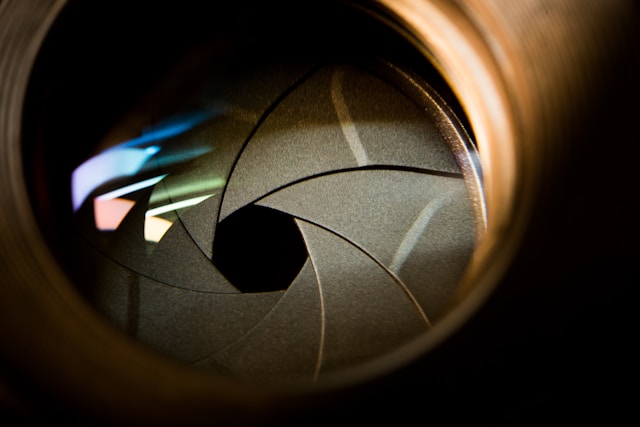
Exploring the intricacies of photography leads us to a fundamental element – the aperture. Let’s delve into the depths of what aperture is, its pivotal role in photography, and how mastering this core aspect can significantly enhance your skills. Whether you’re an aspiring photographer seeking clarity or an experienced hand looking to refine your understanding, this comprehensive guide aims to help form an understanding of aperture in photography.
Unraveling the Essence of the Aperture
Defining Aperture:
In its essence, the aperture is the opening within the camera lens that regulates the amount of light entering the camera. Represented by the f-number or f-stop, such as f/1.4 or f/8, these values determine the size of the aperture and, consequently, the volume of light reaching the camera sensor. An f-stop (or f-number) is the ratio of the lens focal length divided by the diameter of the entrance pupil of the aperture. Similarly to shutter speed each full stop of aperture doubles the amount of light coming into the lens. Unlike shutter speed; the f-number does not double to make full stops. This makes it harder understanding the aperture in photography.
Concept of Inverse Proportion:
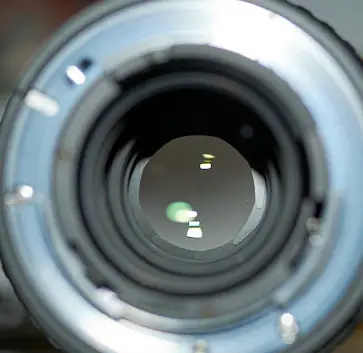
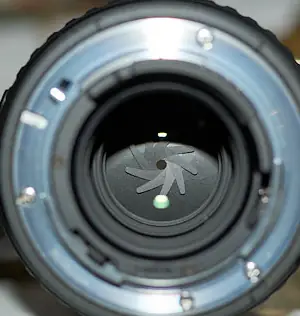
The concept of full stops in aperture settings may seem counterintuitive because the numerical values of f-stops do not precisely double or halve with each full stop. The reason for this lies in the mathematical relationship governing the f-number, which is based on the diameter of the aperture.
The f-number is calculated using the formula:
f-number= focal length of the lens/diameter of the aperture
When you change the f-number, you are essentially adjusting the size of the aperture. The confusing part is that the f-number is an inverse ratio, so a larger f-number actually corresponds to a smaller aperture opening, and vice versa.
Here’s the breakdown:
- Smaller f-number (e.g., f/2.8):
- Represents a larger aperture opening, allowing more light to enter.
- The physical diameter of the aperture is calculated as the focal length divided by 2.8 (or whatever the specific f-number is).
- Larger f-number (e.g., f/8):
- Represents a smaller aperture opening, restricting the amount of light.
- The physical diameter of the aperture is calculated as the focal length divided by 8 (or the specific f-number).
Aperture full stops
Now, let’s explore why full stops in aperture settings do not precisely double or halve the amount of light:
- When you move from, say, f/2.8 to f/4, you are reducing the diameter of the aperture, which decreases the amount of light entering by approximately half. This is consistent with the idea of one full stop.
- However, when you move from f/4 to f/5.6, you are not exactly halving the amount of light. The physical diameter of the aperture is reduced, but it’s not a perfect doubling or halving.
The increments between f-stops are determined by the square root of 2 (√2), which is approximately 1.414. This factor ensures that the area of the aperture (which affects the amount of light) changes by a factor of 2 when moving between full stops. The square root of 2 accounts for the fact that the area of a circle (and hence the aperture) is proportional to the square of its radius.
So, while the f-numbers themselves don’t double or halve linearly, the area of the aperture, and therefore the amount of light, changes in a consistent manner that aligns with the principles of exposure control and the desired artistic effects of understanding aperture in photography.
The Significance of the Aperture in Photography
1. Exposure Mastery:
The aperture is a master regulator of exposure. A wider aperture, denoted by a lower f-number, permits more light, resulting in a brighter image. Conversely, a narrower aperture (higher f-number) restricts light, yielding a darker image. This precise control over exposure is foundational for achieving well-balanced and visually compelling photographs, and one of three main exposure factors along with Shutter Speed and ISO; making up the exposure triangle
2. Depth of Field Dynamics:
The magic of the aperture unfolds in its impact on depth of field – the range of sharpness in an image. A wider aperture crafts a shallow depth of field, creating a captivating blur in the background. Conversely, a narrower aperture extends the depth of field, ensuring more elements remain in focus.

Circle of Confusion
The circle of confusion is a small, circular-shaped area formed on the image sensor or film plane when light from a point source (such as a single point in a scene) fails to converge into a perfect point due to being out of focus. In other words, it represents the area where the light rays from an out-of-focus point converge.
Depth of Field Connection
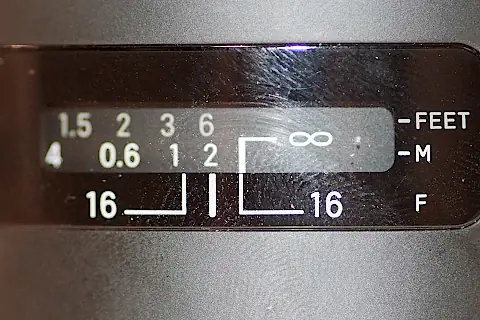
Understanding the circle of confusion is crucial when discussing depth of field. Depth of field refers to the range of distances in an image where objects appear “acceptably” sharp. The size of the circle of confusion contributes to the perception of sharpness or blur in out-of-focus areas.
Factors Influencing Circle of Confusion:
The circle of confusion is influenced by various factors, including the aperture size (related to f-stop), the focal length of the lens, the distance to the subject, and the characteristics of the camera’s imaging sensor or film.
Acceptable Limits
In photography, there’s a threshold for what is considered an “acceptable” size for the circle of confusion. If the circle of confusion is too large, the out-of-focus areas may appear distractingly blurry. If it’s too small, the transition from in-focus to out-of-focus areas might appear abrupt and unnatural.
Bokeh:

The characteristics of the circle of confusion are closely tied to the aesthetic quality of bokeh. Bokeh refers to the aesthetic quality of the out-of-focus areas in an image. Photographers often seek pleasing bokeh, characterized by smooth, rounded circles, especially in the background of portraits or when photographing subjects against a busy background.
Hyperfocal Distance:
Understanding the circle of confusion is also important in calculations related to hyperfocal distance. The hyperfocal distance is the point of focus that provides the maximum depth of field, ensuring that objects from a certain distance to infinity appear sharp.
In summary, the circle of confusion is a key concept in photography, influencing the perception of sharpness in out-of-focus areas and contributing to the aesthetic quality of images. It is particularly relevant when considering depth of field, bokeh, and the technical aspects of focus in photography. A useful Depth of Field Calculator and more in depth discussion at DoFmaster.
3. Creative Artistry:

Aperture emerges as a potent tool for unleashing creative expression. By judiciously selecting the aperture, photographers can manipulate backgrounds, accentuate subjects, and weave compelling narratives through their images. This creative autonomy allows for unique storytelling and visually arresting compositions.
4. Low-Light Performance:
In challenging low-light conditions, a wider aperture becomes indispensable. Its ability to facilitate a larger influx of light enables photographers to capture well-exposed shots without heavy reliance on artificial lighting. This proves particularly advantageous for indoor photography or capturing the ambiance of dimly lit environments, although the challenge then becomes having enough depth of field to encompass the subject.
5. Lens Aperture Insight:
Each lens brings its aperture capabilities to the photographic canvas. Prime lenses, renowned for their low-light performance and ability to blur the backgrounds into mush, typically feature wider maximum apertures like f/1.4 or f/1.8. Understanding the aperture range of your lenses empowers you to leverage their distinctive characteristics.
Sweet spots
Most all lenses have a “sweet spot”, or an aperture setting that maximizes sharpness while minimizing aberrations. This is usually one to two full stops down from wide open.
The Dynamics of Aperture Settings
1. Wide Aperture (Low f-number):
- Pros:
- Ideal for crafting a dreamy bokeh effect.
- A powerful ally in low-light scenarios.
- Singular focus on the subject.
- Cons:
- Prone to overexposure if not balanced with other settings.
- Limited depth of field may relegate certain elements to the shadows.
2. Narrow Aperture (High f-number):
- Pros:
- Ideal for landscapes, preserving intricate details.
- Extends the depth of field, keeping more elements in focus.
- Cons:
- Reduces incoming light, necessitating longer exposure times.
- Backgrounds may lack the enchanting blur associated with wider apertures.
There is a lot to absorb in understanding aperture in photography, but sometimes the best way is to grab a camera, go find a subject and have a play.

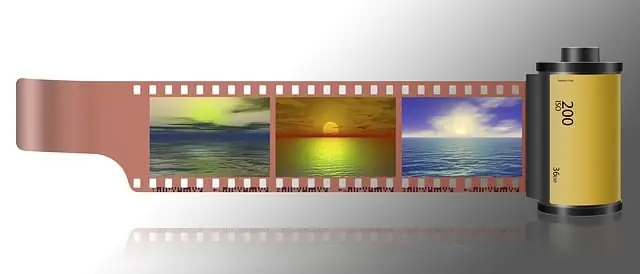
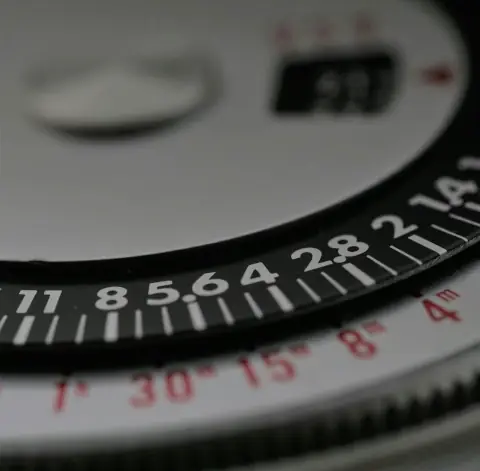
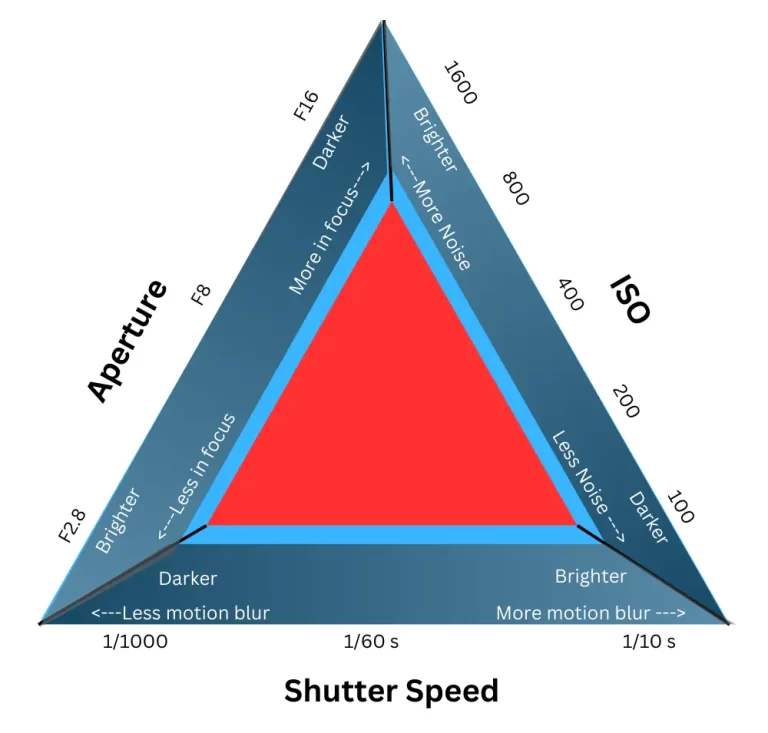
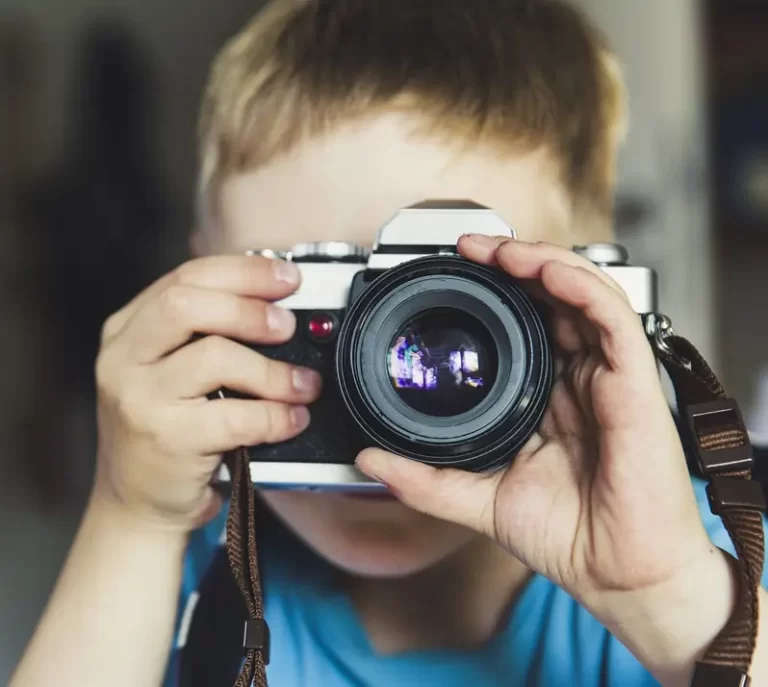

4 Comments